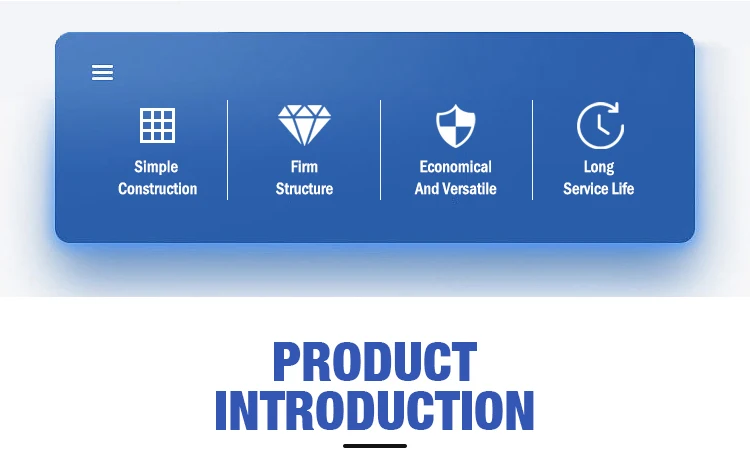poles for chicken wire
Poles for Chicken Wire A Comprehensive Guide
When it comes to constructing enclosures for poultry, the role of poles for chicken wire cannot be overstated. Whether you are raising chickens for eggs, meat, or simply as pets, a secure and sturdy enclosure is crucial for their safety and well-being. Understanding the various types of poles used to support chicken wire will help you create an effective and durable chicken coop or run.
Types of Poles for Chicken Wire
1. Wooden Poles Wooden poles are among the most common choices for supporting chicken wire. They are favored for their availability, cost-effectiveness, and ease of installation. Treated lumber, such as pressure-treated wood, is recommended because it resists rot and damage from weather elements. When using wooden poles, ensure they are at least 4 to 6 inches in diameter for stability. The height of the poles will depend on the design of your enclosure, but they should be sturdy enough to withstand winds and any potential disturbances.
2. Metal Poles For those seeking increased durability and resistance to the elements, metal poles are an excellent option. Galvanized steel or aluminum poles offer robustness and longevity, making them ideal for long-term chicken enclosures. They are less likely to warp, splinter, or succumb to pest infestations. Metal poles can also be secured more firmly in the ground, providing better support for chicken wire. Additionally, they can be painted or coated to prevent rusting, thus ensuring a clean and aesthetic look for your chicken run.
3. PVC Pipes An increasingly popular choice among DIY enthusiasts is PVC pipes. Lightweight and easy to handle, PVC can be an economical solution for building chicken enclosures. They are resistant to rot, do not require painting, and can easily be cut to desired lengths. However, it is essential to keep in mind that PVC may not be as robust as wood or metal, especially in areas prone to high winds or heavy snowfall. If choosing PVC, it is advisable to use thicker walled pipes to increase their strength.
poles for chicken wire

4. Combination Approaches Some poultry keepers opt for a combination of different types of poles. Using wooden poles for corners and metal or PVC poles for the sides can offer a balanced solution that maximizes the benefits of each material. This combination can enhance the structural integrity of the enclosure while optimizing costs.
Installation Tips
Regardless of the type of pole used, there are some essential installation tips to consider. Firstly, ensure that the poles are set in the ground deep enough to avoid tipping or leaning. A depth of at least 2 feet is recommended for stability, especially in areas with soft soil. Additionally, when attaching chicken wire to the poles, use appropriate fastening methods that prevent sagging, such as staples, wire ties, or clips.
Conclusion
In conclusion, the choice of poles for chicken wire plays a significant role in the overall success of your poultry enclosure. Whether you opt for wooden, metal, or PVC poles, understanding the advantages and limitations of each type will help you construct a safe and secure environment for your chickens. Investing time and effort into this aspect of your poultry farming will contribute to the health and happiness of your flock, ultimately leading to a more fruitful experience as a poultry keeper.
-
Space-Saving Chain Fence Hacks Vertical Gardening with Cyclone MeshNewsJul.16,2025
-
Innovations in Iron Nail Wire Production for Modern ConstructionNewsJul.16,2025
-
Creative Uses of Wire Netting Fence in Modern Landscape DesignNewsJul.16,2025
-
Barbed Wire Fence Innovations in Anti-Climb TechnologyNewsJul.16,2025
-
Architectural Uses of Umbrella Nails for Aesthetic Roof DesignsNewsJul.16,2025
-
Architectural Uses of Razor Barbed Wire in Secure Urban DesignNewsJul.16,2025




